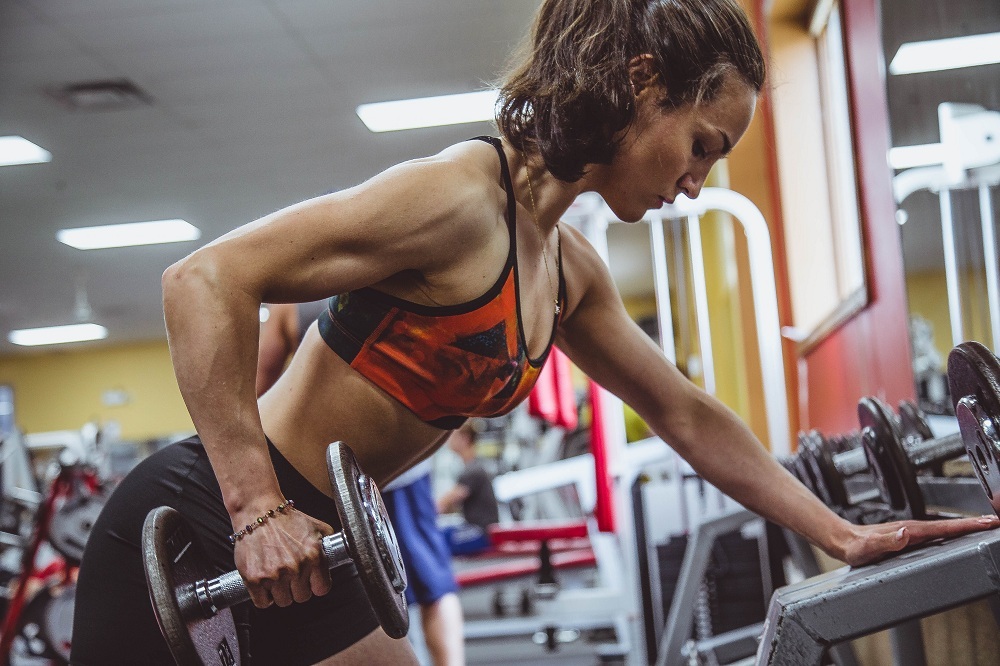When you are a culinary enthusiast, you’d certainly love to push the limits when presenting food to your guests. With the right approach, you can turn each meal into a mouthwatering work of art much to the delight of your guests.
There’s more to a meal than delicious food cautions a leading supplier of resin serving boards giving credence to the adage, you eat with your eyes first. The way your present food to your guest translates into their desire to indulge. It doesn’t matter whether you’re doing it at home or in a restaurant, you need to address the visual aspect of your meal.
Plating food is a delicate art that balances strategy, creativity, and cleanliness. It boils down to how you fuse colours, arrange the plate, or even place food on the plates. With the right approach, you can have your dinner guests looking forward to your next invite.
Get the perfect plate
Getting the plate right is the key to good food presentation for the simple reason that it’s the canvas that you’ll work with to present your art. The food is the colouring medium that will come alive on the blank canvas. Therefore, you need to size the plate just right to allow the food to stand out and not look too small.
You might notice that white plates are somewhat popular with culinary enthusiasts. That is because white provides you with a high contrast neutral background that makes you food to pop and come to life. You can follow the rule of thirds and ensure that no more than two-thirds of the plate is covered with food. Else, you can opt for the fifty-fifty rule if the dish is particularly rich or filling.
Be creative with your ingredients
Regardless of the shape of your plate, you should think of it as a clockface as this is crucial when it comes to ingredient placement. From your dinner guest point of view, the protein should be between 3 and 9, carbohydrates from 9 and 12, and the veggies between 12 and 3. As a rule of thumb, moist or runny ingredients go on the plate first as they tend to move around a lot on the plate.
Placing other foods on top of runny elements helps to anchor them in place. You also need to create flavour bites, forkfuls of foods with all the ingredients in the dish into a single bite. In addition to making the meal appealing to the eyes, flavour bites excite the taste buds as well.
Sweat the small details

Not so much, but just enough to get the colours and contrast right to give the meal a great background. Brightly coloured fruits and vegetables make great accent points. Pairing ingredients with complementary colours enhance the visual appeal of the dish. You can also get great results by creating a tall plate which entails piling ingredients on the plate for a visual appeal.
With the right approach, you can turn each meal that you share with your guest into a mouthwatering work of art that appeals to both the eyes and tastes buds. You can let your imagination run wild while prompting your guests to wipe their plate clean every time and ask for seconds. Each meal calls for a different presentation method, but by following the basic rules, you can achieve stellar results every time.

